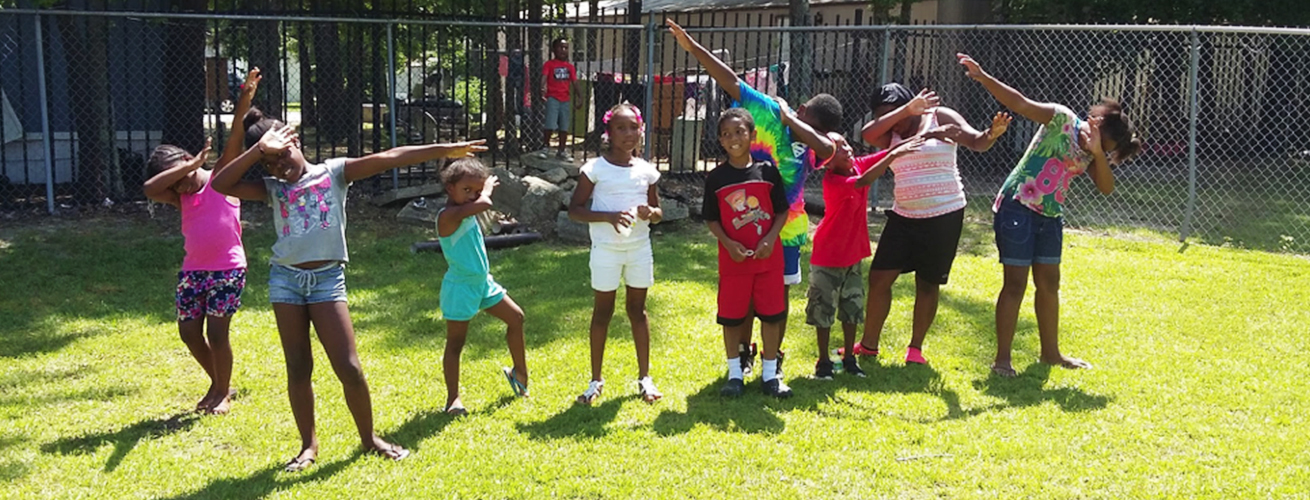You know it’s the end of summer when everyone starts asking: Are you ready to go back to school? For many students, teachers and administrators, the answer is a complex no. Students have settled into the freedom of a flexible schedule, late-night Netflix marathons and, if they’re fortunate, a mix of summer activities designed to provide nothing but fun. On the other side of the hallway, teachers are still nursing sunburns, not yet able to locate the box of supplies they carried home on the last week of school.
Parting with summer is such sweet sorrow. We say goodbye with a heaviness in our hearts, dreaming of the day we can hit snooze once again because there is absolutely nothing on our schedules. When the only R’s we are concerned about are rest and relaxation, not reading, (w)riting, and (a)rithmetic.
Mental breaks are necessary if we want to be our best and feel our best. Summer is just that—a time for students and teachers to get what they need to make it through the next ten months with success.
Back to School
My own experiences of going back to school are probably familiar to a lot of other students. I was ecstatic about seeing old friends and gauging how much they had grown, both mentally and physically. Lisa Frank supplies and pre-organized TrapperKeepers sat patiently in my brand-new Jansport bookbag, with light-up sketchers and bellbottoms waiting to be worn in my closet. But even more than socializing and shopping, I looked forward to the orientation that took place a few days before the start of school.
It was then that I found out who my teachers would be, which of my friends were in my class, and my schedule for the upcoming year. This vital information prepared me for what was to come. Even though I was virtually powerless as to where the educational cards would fall every year, this information gave me the foresight to be my best and feel my best for the duration of the school year.
I was prepared for infamously hard teachers and the ones known to teach you just more than what was required to pass the course. I was now able to visualize how my days would look and coordinate my travel from science class to lunch period. I felt ready. I was empowered. I was going to succeed.
Summer Learning Gap
As excited as I was to finally get back to school after three months of vacation, I knew many students who weren’t as psyched. It’s already hard enough to say goodbye to summer. Try adding the summer learning gap to that. As August arrives in time for school, children remember that they haven’t glanced at the summer reading list—at the same time that teachers realize they have to teach students who haven’t picked up any of their required books. They both feel unprepared—and understandably so.
This issue of learning loss that occurs during the summer is even more prevalent among low-income students, a phenomenon that accentuates the achievement gap in our schools. When a child comes from a low-income household, regardless of where they go to school, there is a lack of summer learning experiences. This creates a gap between them and students who have gone to camp, taken acting lessons, or learned to code at Governor’s School.
According to the National Summer Learning Association, high-quality summer learning programs have been shown to improve reading and math skills, school attachment, motivation and relationships with adults and peers. I’ve also personally seen these programs increase back-to-school excitement and decrease anxiety associated with assumed lack of preparedness.
Call to Action
So the question remains…are you ready to go back to school? It is my hope and life’s work that the answer will be a resounding YES, regardless of that child’s zip code or socioeconomic status. This is why I, with the help of some amazing community members and organizations, have started a summer arts experience for low-income students in the very same community where I grew up. I believe it’s imperative that low-income children receive quality arts programming all-year long, but especially during the summer when the achievement gap is at its widest.
How can you help? I am so glad you asked!
- Offer a free summer class to students in your area. It can be cooking, art, birdwatching—anything you want, really!
- Volunteer at local organizations or mentor youth in your area, even if it’s just one time over the summer.
- Contact your local leaders and Board of Education and ask what programs are being offered in your area, make a list and share it! If they can’t give you an answer, just assume that there is a need in your community.
- Acknowledge the Achievement Gap is real and educate those that are unaware and may be able to assist (teachers, policymakers, artists, business owners, etc.).
- Support Organizations like NSLA (link) by donating or just spreading the word!

